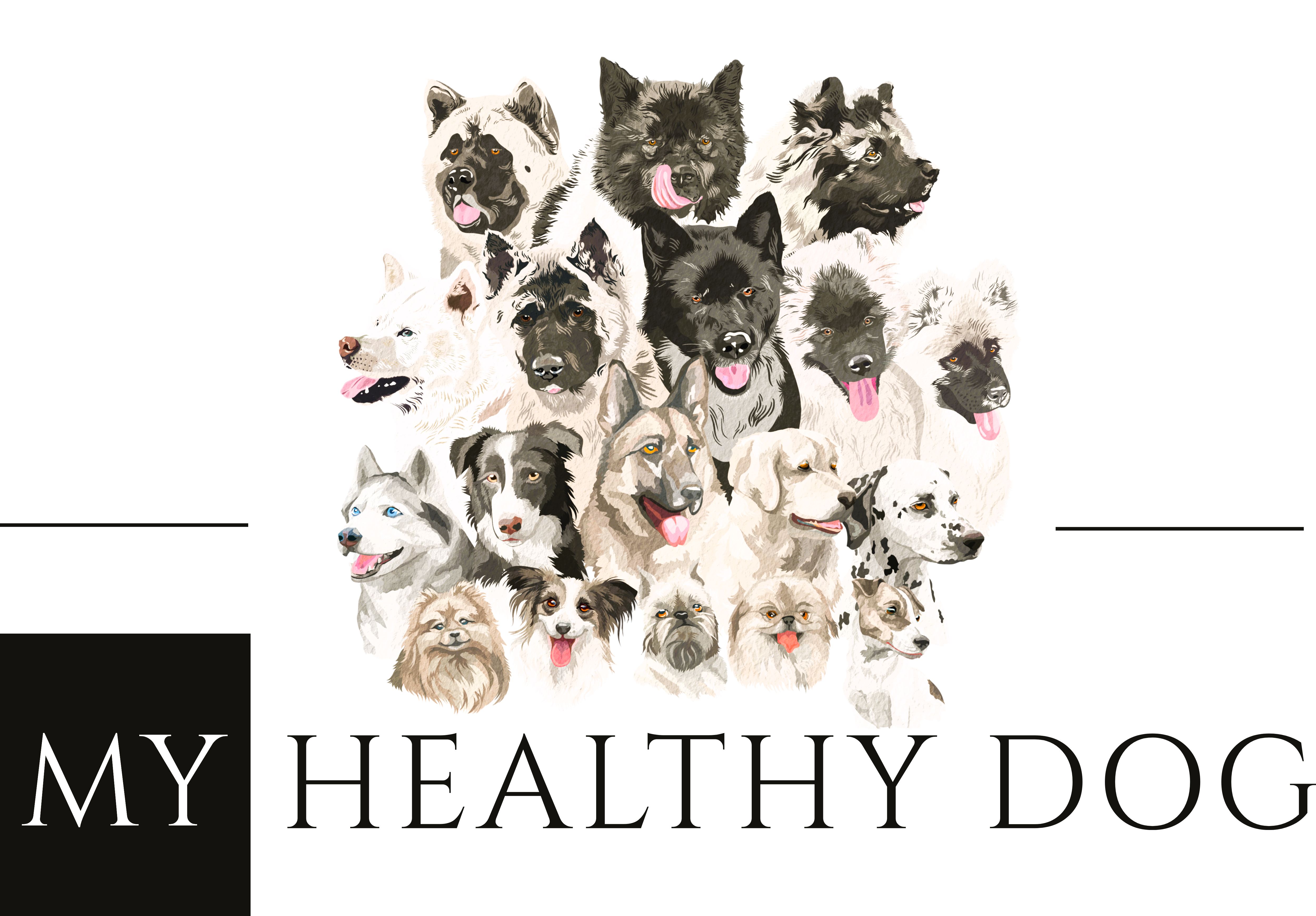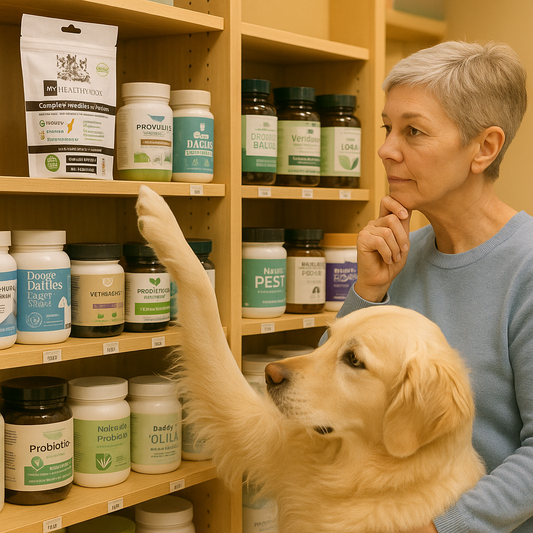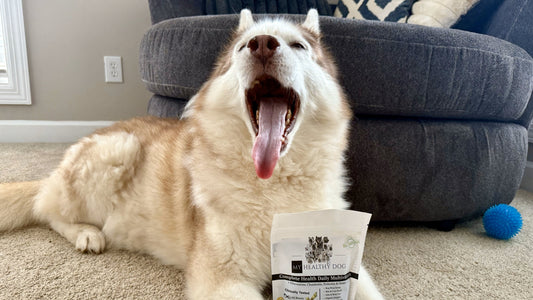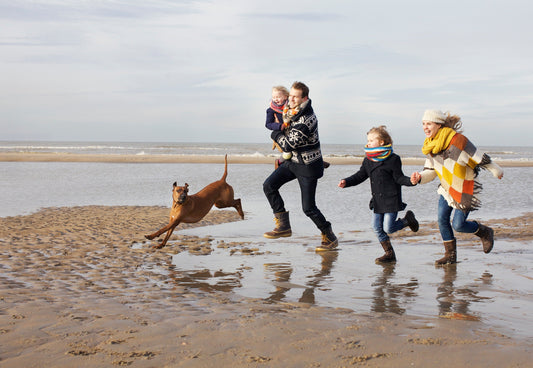The Broholmer, also known as the Danish Mastiff, is a breed that commands respect not only for its size but also for its calm and watchful demeanor. This historical breed, once a guardian of homes and estates in Denmark, has seen a revival in recent years, maintaining its status as a noble companion. This article delves into the Broholmer's origins, characteristics, and care requirements, providing a comprehensive guide for prospective and current owners.
Breed Summary
Origin of the Broholmer
The Broholmer's lineage dates back to the Middle Ages, where these dogs served as guardians of manors and estates in Denmark. The breed was named after Count Sehested of Broholm, who took an interest in maintaining the breed in the 18th century. The Broholmer became quite popular among the nobility for its prowess as a watchdog and hunting companion. Despite nearly becoming extinct after World War II, dedicated Danish breeders revived the breed in the 1970s.
Appearance
The Broholmer is a large and powerful breed, with males typically weighing between 90 to 150 pounds and standing 27.5 to 29.5 inches tall at the shoulder. Females are slightly smaller. They possess a robust and muscular build, with a broad and imposing head. Their coat is short and can be fawn, black, or brindle, often with a black mask that accentuates their expressive, dark eyes.
Temperament
Broholmers are known for their calm and friendly temperament. They are fiercely loyal to their families and are generally good-natured with children and other pets. Despite their imposing appearance, they are not aggressive but will protect their family if necessary. Broholmers are confident and easygoing, making them excellent companions for families.
Health Outlook
The Broholmer generally enjoys good health, with a life expectancy of about 7 to 12 years. Like many large breeds, they can be prone to hip and elbow dysplasia. They may also suffer from common large breed issues such as heart conditions and bloat. Skin conditions, particularly allergies that cause dry, itchy skin, can occur. Using a premium dog shampoo can help alleviate these skin issues, promoting a healthy coat and skin.
Nutritional Requirements
A balanced diet rich in high-quality proteins and fats is essential for the Broholmer's diet, considering their large size and energy needs. Feeding them a diet formulated for large breeds can help maintain their weight and joint health. Including a complete healthy multivitamin can ensure they receive all the necessary nutrients to support their overall health.
Exercise Requirement
Despite their size, Broholmers do not require excessive exercise. Daily walks and moderate playtime are sufficient to keep them healthy and content. They enjoy activities that allow them to stretch their legs and explore, but they are also happy to relax at home with their family.
Pros and Cons of Owning a Broholmer
Pros:
- Loyal and protective without being aggressive.
- Gentle with children and good with other pets.
- Low exercise requirements compared to other large breeds.
Cons:
- Can be stubborn, requiring consistent and patient training.
- Prone to health issues common in large breeds.
- Requires space to accommodate their large size.
Space Requirements
Broholmers are best suited to homes with ample space where they can move freely. A large yard is ideal, though they are adaptable to various living situations as long as they receive adequate exercise.
Suitability for Elderly
Given their size and strength, Broholmers may not be suitable for elderly owners unless they are experienced with large breeds and can manage their physical needs.
Suitability for Kids
Their gentle and protective nature makes Broholmers excellent companions for families with children. Their calm demeanor and tolerance make them safe pets for well-behaved children.
Cost
The cost of a Broholmer puppy can range from $1,000 to $2,000, depending on the breeder's reputation and the geographic location. Prospective owners should also consider the ongoing costs of feeding and healthcare, which can be significant given the breed's size.
What Should the Owner Be Like?
The ideal Broholmer owner should be someone who appreciates the qualities of a large, protective dog and is capable of handling a dog of this size and strength. They should be committed to providing a loving home, with enough space and the ability to meet the breed's physical and emotional needs.
Fun Facts
- The Broholmer was officially recognized by the Danish Kennel Club in 1886.
- This breed is also known for its "gentle giant" demeanor, often displaying a surprisingly tender approach towards its family.
Conclusion
The Broholmer is a majestic and loving breed that offers protection and companionship. With the right care, space, and dedication, a Broholmer can be a loyal and cherished member of any family, embodying the traits of a gentle guardian.
Are you familiar with the Broholmer or have this wonderful breed in your family?
Share your stories in the comments!
Share the Article with friends!





